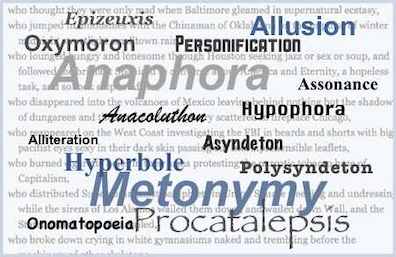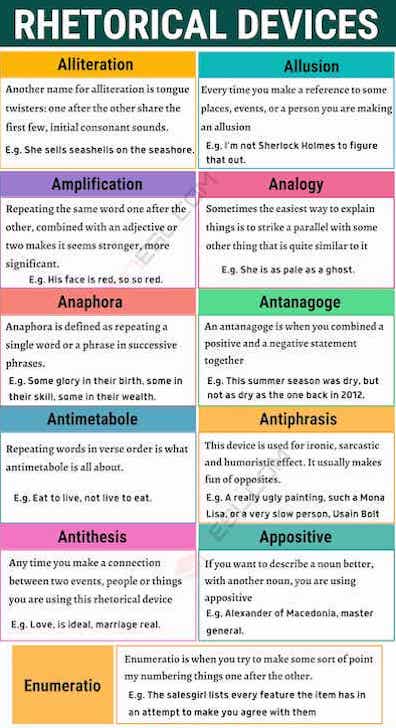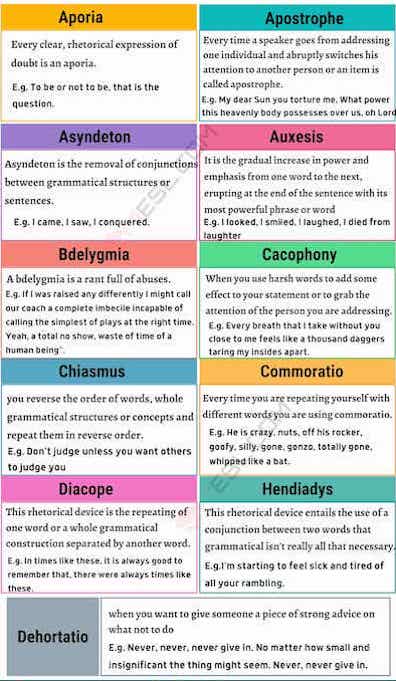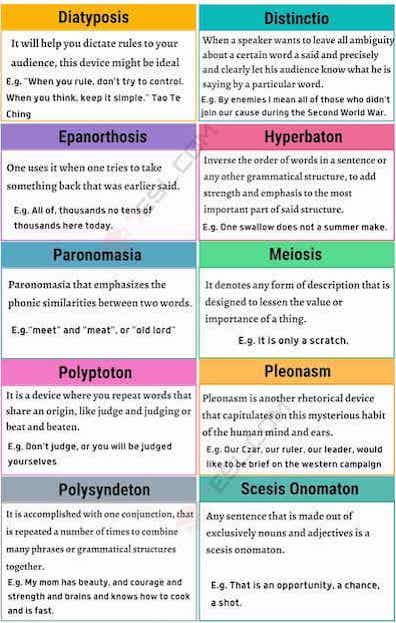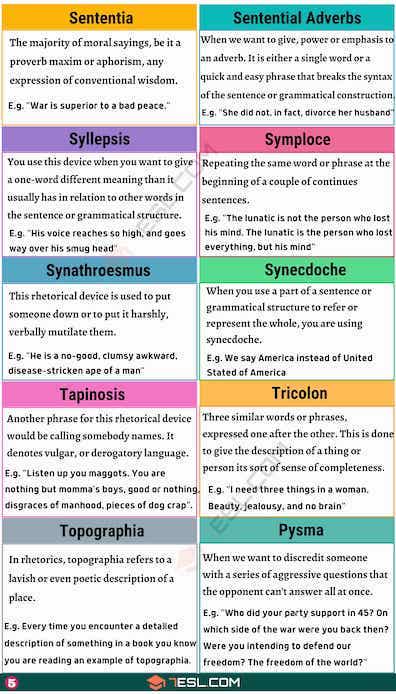In the heart
In the heart
In Brief
Figure of speech: many of my notes for Aeolus
will start with this heading. Joyce's chapter parodies the
format of a newspaper, with all-caps headlines introducing
short, punchy chunks of text. But in both of his schemas
he identified its "art" as rhetoric, the ancient study of
linguistic craft by which orators could catch their listeners'
attention, manipulate their emotions, and persuade them to the
rightness of a cause. In addition to three complete speeches
exemplifying Aristotle's three types of oratory, Joyce filled
his text with smaller-scale figures of speech: words and
phrases ordered by recognizable patterns of artful design. Of
the seemingly countless figures identified by ancient
theorists, most of them bearing Greek names, probably the most
familiar is metaphor, so it is fitting that Aeolus
should begin with one: "IN THE HEART" of a big city.
Read More
A metaphor (MET-uh-for or MET-uh-fuhr, from Greek meta-
= beyond, over + pherein = to bear, carry) means
"carrying over" the sense of one thing via another. The sense
being carried is sometimes called the "tenor" (meaning what is
held), and the thing holding it the "vehicle." Joyce's
vehicle, "heart," suggests the commercial center of Dublin
where the action of Aeolus is set. The tram hub at Nelson's
pillar in the opening section, the General Post Office
in the second section, the barrels of ale seen rolling out of
Prince's Stores in the third, and the offices of the Freeman's
Journal and the Evening Telegraph in
later sections, all are on or near lower Sackville
Street––the CBD, in today's parlance.
After the opening headline Joyce breathes life into his
metaphor by emphasizing the throbbing hum of activity in all
these places and suggesting that trams, newspapers, postal
services, and beer barrels all involve types of circulation.
On first hearing, though, the comparison seems old and tired,
a cliché. And this too probably figured in the artist's
intentions: "In the heart of the Hibernian metropolis" is
exactly the kind of stale, familiar metaphor that modern men
and women expect to encounter in newspaper headlines.
Stuart Gilbert was the first to comment (in James
Joyce's Ulysses) on the abundance of rhetorical figures
in Aeolus, no doubt alerted to them by Joyce himself.
He notes the resemblance to William Shakespeare: "The
thirty-two pages of this episode comprise a veritable
thesaurus of rhetorical devices and might, indeed, be adopted
as a text-book for students of the art of rhetoric. Professor
Bain has remarked that in the course of the plays 'Shakespeare
exemplifies nearly every rhetorical artifice known'" (172). In
support of his claim, Gilbert appends to the end of his
chapter on Aeolus a list of examples ("far from being
exhaustive") of many dozens of ancient rhetorical devices in
Joyce's text.
Professor Bain was right, and the reason that Shakespeare
wrote in rhetorical figures is not mysterious. In his day
rhetoric, one of the three arts comprising the medieval trivium,
was regarded as supremely useful in the conduct of everyday
life, so the humanist educators of early modern grammar
schools instructed boys in the use of such figures, and adult
writers like George Puttenham and John Lyly made careers out
of them. Where Joyce may have learned them is less obvious,
but the Jesuit ideal of a
Christian eloquentia perfecta sprang from humanist
roots and was taught in Jesuit schools from the 16th century
to the 20th, so it seems likely that Joyce gained his
introduction to rhetorical tropes in the same way that
Shakespeare did—in school.
In an appendix to the second edition of Gifford's Ulysses
Annotated Robert Seidman updated Gilbert's appendix,
adding still more figures of speech. "The earlier manuscript
drafts of Aeolus in The Little Review," he
notes, "suggest that Joyce added a great number of rhetorical
figures in his revisions, deliberately larding the chapter
with as many devices as possible." Identifying the figures in
Aeolus is a worthy task, then, but the work is by no
means straightforward. Rhetorical theorists often differed
from one another on the precise meaning of a term or used
different ones to describe the same linguistic effect, so many
of their terms overlap. Multiple and competing terms may apply
to a single sentence. And a writer of Joyce's caliber wants to
make his own kinds of effects, regardless of what some
theorists may say. Describing the rhetorical figures in Aeolus
is probably more art than science, then, but it does reveal a
lot of what is happening in Joyce's prose.
My notes on rhetorical figures are longer than Gilbert's and
Seidman's brief comments, but I generally follow paths laid
down by those two men. Sometimes, however, I disagree with one
or both, or add to their findings, or ignore claims that seem
weak, and I dispense with many terms (e.g., archaism, epigram,
neologism, Hibernicism, hapax legomenon) that have little to
do with the rhetorical tradition. No doubt many stones will be
left unturned here. In addition to the fact that there are
hundreds of terms to consider, Joyce sometimes uses a device
more than once. For example, in the present case Seidman does
not identify "in the heart of the Hibernian metropolis" as a
metaphor, but he does flag a later word, "Weathercocks,"
observing that "to Bloom, journalists are like the cocks that
top weathervanes." Gilbert neglects "heart" but mentions "steered
by an umbrella." Neither man mentions "The father
of scare journalism," which is still another metaphor.
Aristotle's Rhetoric, written in Greek, is available
in good English translations, as are Quintilian's
twelve-volume Latin Institutes of Oratory and the
earlier, anonymous Rhetorica ad Herennium, whose
fourth book describes many figures of speech. These works were
prized by humanist scholars of the early modern period and
inspired English handbooks like Henry Peacham's The Garden
of Eloquence and George Puttenham's The Arte of
English Poesie, both published in the late 1580s just as
Shakespeare was starting to write. Another important study of
the English Renaissance, published in 1657, was The
Mystery of Rhetoric Unveiled by John Smith, a pseudonym
used by John Sergeant. Many studies of rhetoric have been
published in the centuries since, and today countless websites
offer lists and discussions of figures of speech. In addition
to the published works mentioned above, my notes often cite
two websites that I find particularly useful: Gideon Burton's
Silva Rhetoricae (rhetoric.byu.edu) and Richard
Nordquist's pages on ThoughtCo. (www.thoughtco.com). For sheer
volume of terms, definitions, and examples, the list compiled
and openly edited at rhetfig.appspot.com/list is also worth
looking at.
This site offers notes on many figures of speech. Some of the
Greek terms below appear to have been coined by rhetoricians
writing in Latin, while others already existed in Greek
vocabulary. Most acquired Latin and English equivalents. To
minimize confusion I avoid Latin synonyms most of the time,
and English ones entirely. But I do often mention Greek
synonyms and near-synonyms, as can be seen on some of the
lines:
Allegory
Anacoenosis
Anadiplosis
Aporia, Latin dubitatio
Aposiopesis
Apostrophe
Anagram
Anaphora
Anthimeria
Anticlimax
Antithesis, antitheton
Antonomasia
Asyndeton
Catachresis, Latin abusio
Chiasmus, antimetabole
Ecphonesis, Latin exclamatio
Enthymeme
Epanalepsis
Epanorthosis, metanoia, Latin
correctio
Epimone, Latin perseverantia
Epiphonema
Epistrophe, epiphora,
antistrophe
Epizeuxis, palilogia, Latin
geminatio
Erotesis, erotema
Exergasia, Latin expolitio
Homoioteleuton
Hyperbaton, hysteron proteron,
anastrophe
Hyperbole
Hypophora
Hypotyposis, enargia
Irony
Litotes
Metaphor
Metaplasm (antisthecon, Latin
littera pro littera)
Metaplasm (apocope, syncope,
aphaeresis)
Metaplasm (diaeresis)
Metaplasm (metathesis)
Metonymy
Onomatopoeia
Oxymoron
Palindrome
Parabola
Paralepsis, apophasis
Parenthesis
Parody
Paronomasia
Periphrasis
Ploce
Polyptoton, paregmenon
Polysyndeton
Prolepsis
Prosopopoeia
Simile
Symploce
Synchoresis, paromologia,
procatalepsis
Synecdoche
Synonymia
Tapinosis
Tautologia, pleonasm
Zeugma, syllepsis
Readers who confront this paradox may have different ways of accounting for it. Did Joyce mean to suggest that even the most common and banal forms of human communication unconsciously employ rhetorical strategies of description and persuasion? Or was he self-consciously showing off his own learning and ingenuity? Did he admire speakers' ability to shape words for emotional effect, even when their artistry is tawdry? (While Dan Dawson's speech is being ridiculed Bloom thinks, "All very fine to jeer at it now in cold print but it goes down like hot cake that stuff.") Did he instead entertain suspicions like those of Plato, who viewed the original professional orators, the Sophists, as golden-tongued misleaders? (Professor MacHugh warns, "We mustn't be led away by words, by sounds of words.")
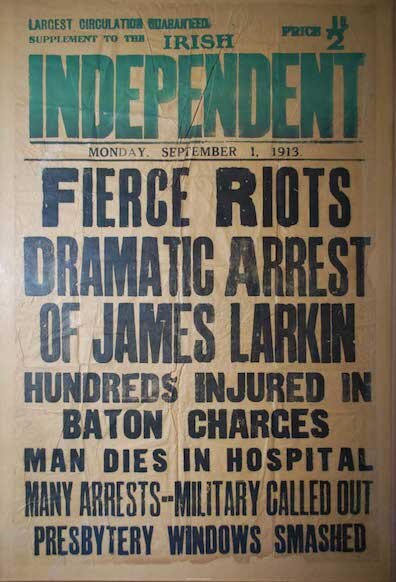
Source: www.rte.ie.
